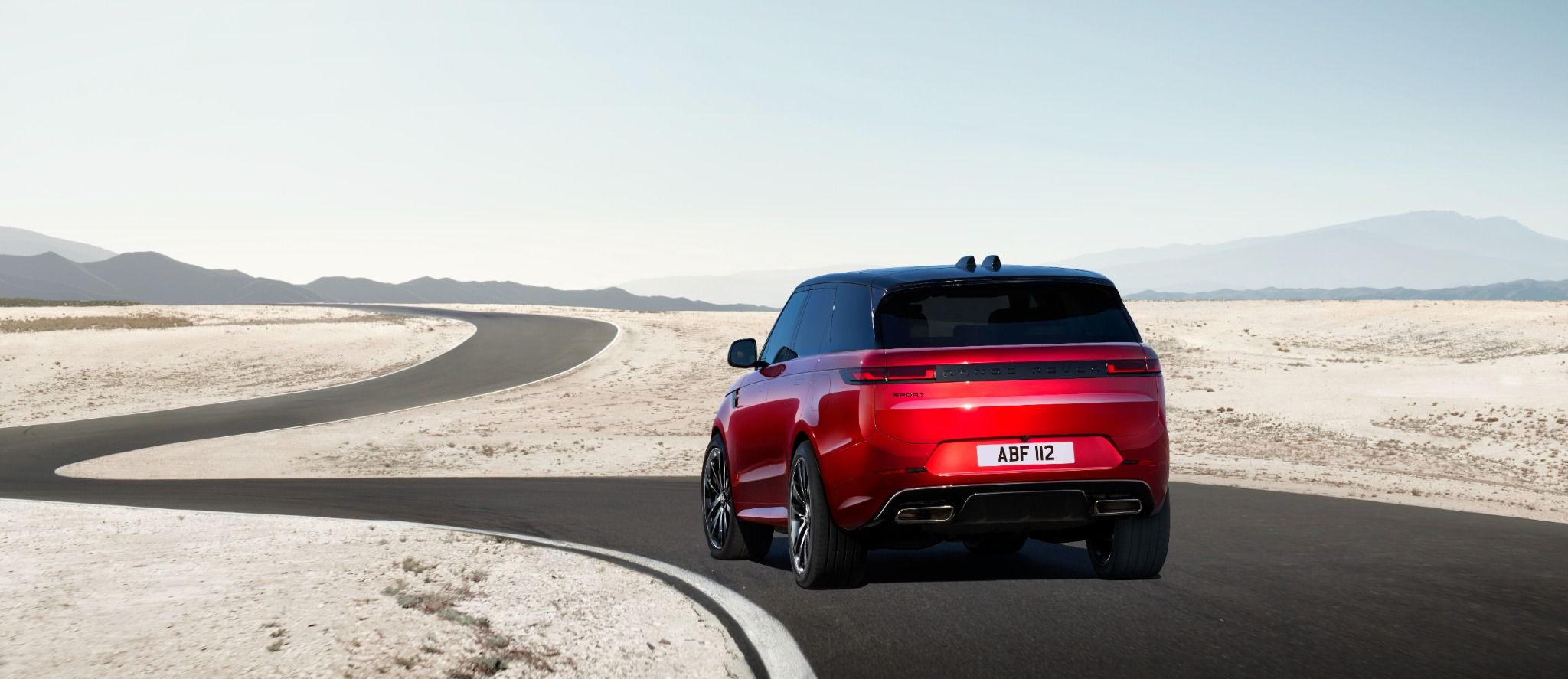

New Range Rover Sport
From £75,255
Search our Current Brand New Range Rover Sport Stock!
Search Range Rover Sport Offers
Search our range of offers
Off-road or in the city, the Range Rover Sport will take your driving to another level. This premium SUV simply demands attention wherever you go. With over 70 global awards under its belt, it’s no doubt that the Range Rover Sport is a force to be reckoned with. Superior styling, smart technology and class leading capability off and on the road, all contribute to its prominent stance on the SUV market.
Technology and Interior
The interior of the Range Rover Sport is designed to give luxury to each and every one of your off-road adventures. 14-way adjustable and heated Oxford leather seats offer outstanding comfort for you and your passengers, so everyone can sit back, recline and enjoy the views from your Range Rover Sport. And if you’ve got a taste for a bit more splendour, add the optional Rear Seat Entertainment system which comes with two 11.4” screens.
An ergonomic design allows a simplified, driver orientated control layout to minimise distractions while driving. In the Range Rover Sport, it’s all centered around you. You can customise each car in the range to suit you. So if you like your seats a little plusher or your car a little cooler, you can upgrade your leather or select features like 3-zone climate control. No wish is too great. Not forgetting Head-Up Display, a feature which will project useful information such as speed, gear position, cruise control detail, traffic sign recognition and navigation directly onto the windscreen so you can keep your eyes on the road.
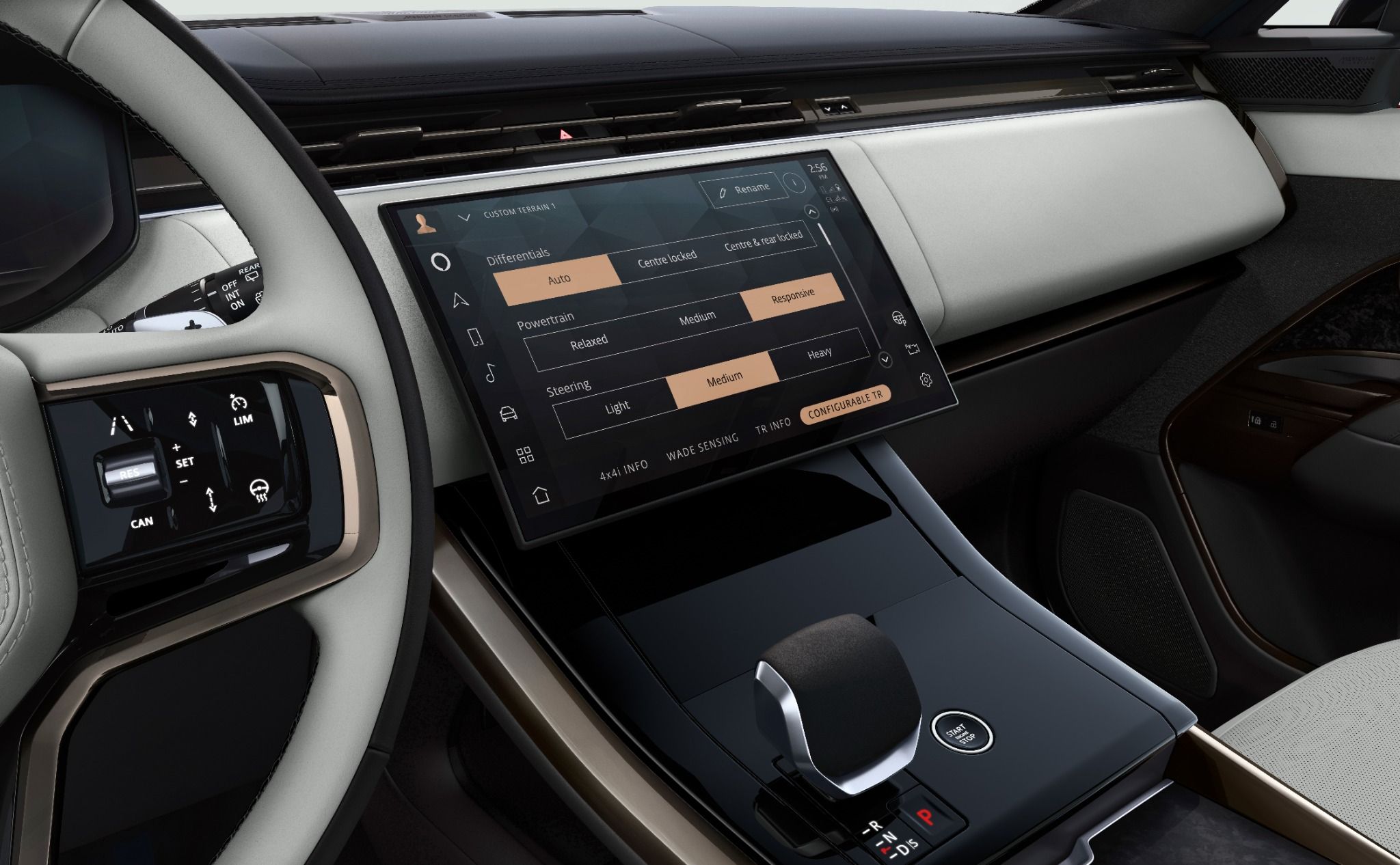
Space
The space inside of the Range Rover Sport is excellent giving all the occupants of the vehicle enough room to get comfortable with loads of adjustment to make sure everything is to your needs.
As any exceptional SUV should, the Range Rover Sport offers an impressive load-space capacity of 835 litres, with that increasing to 1,860 litres if you fold down the rear seats.
Driver assist systems
The Range Rover Sport offers safety considerations that are second to none. Many of which, such as Anti-lock Braking System, Electronic Brake-Force Distribution and Emergency Brake Assist, come as standard. But that’s not all, other groundbreaking tech in the Range Rover Sport is designed to make your driving that bit more amazing.
Torque Vectoring is available in the HSE Dynamic Trim and up, balancing engine torque between all four wheels to improve grip and overall handling. In the Sport, you needn’t flinch at the sight of a steep hill. With Hill Descent Control and Hill Start Assist, driving has never been easier. And it’s never been so much fun!
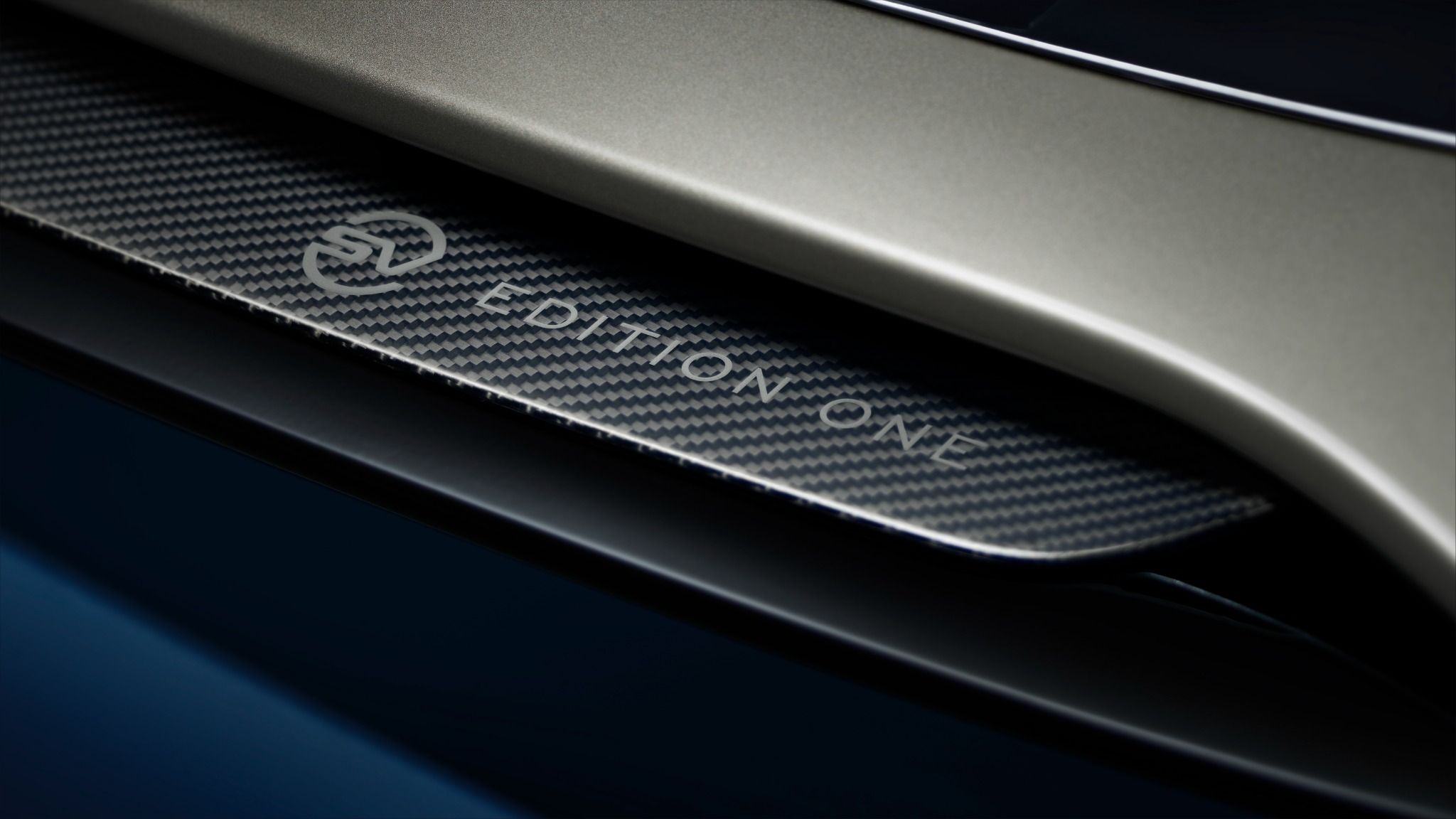
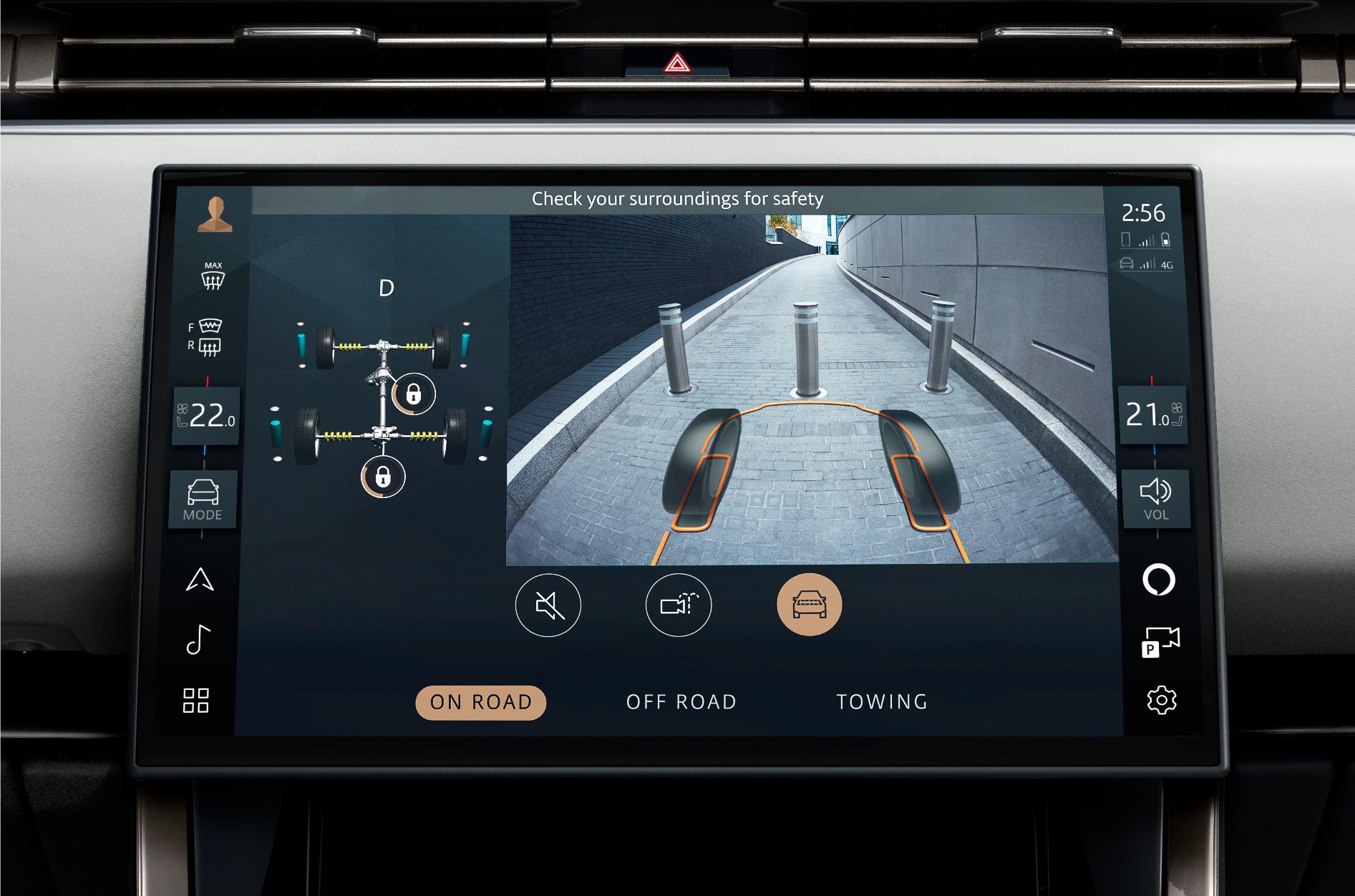
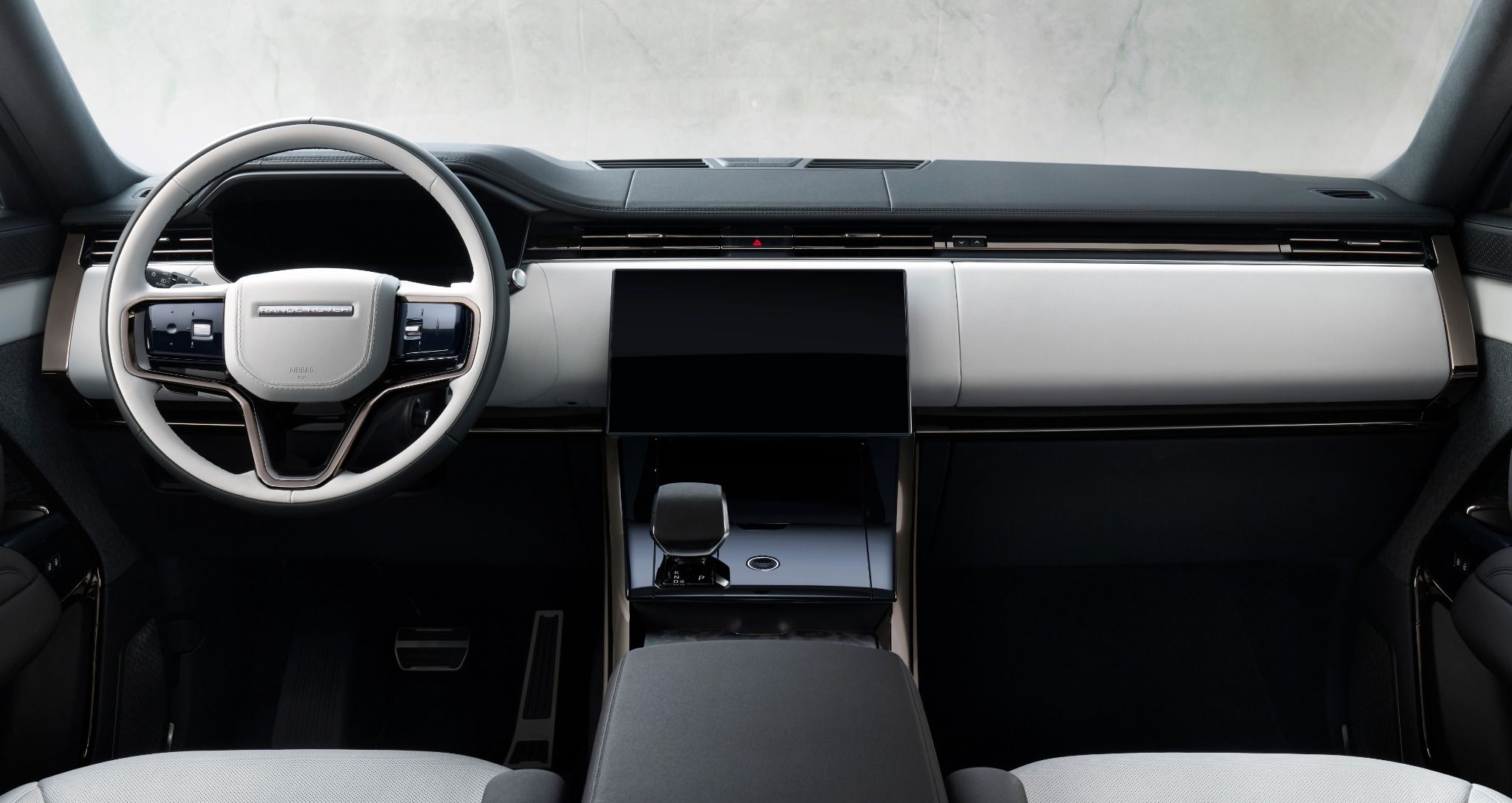
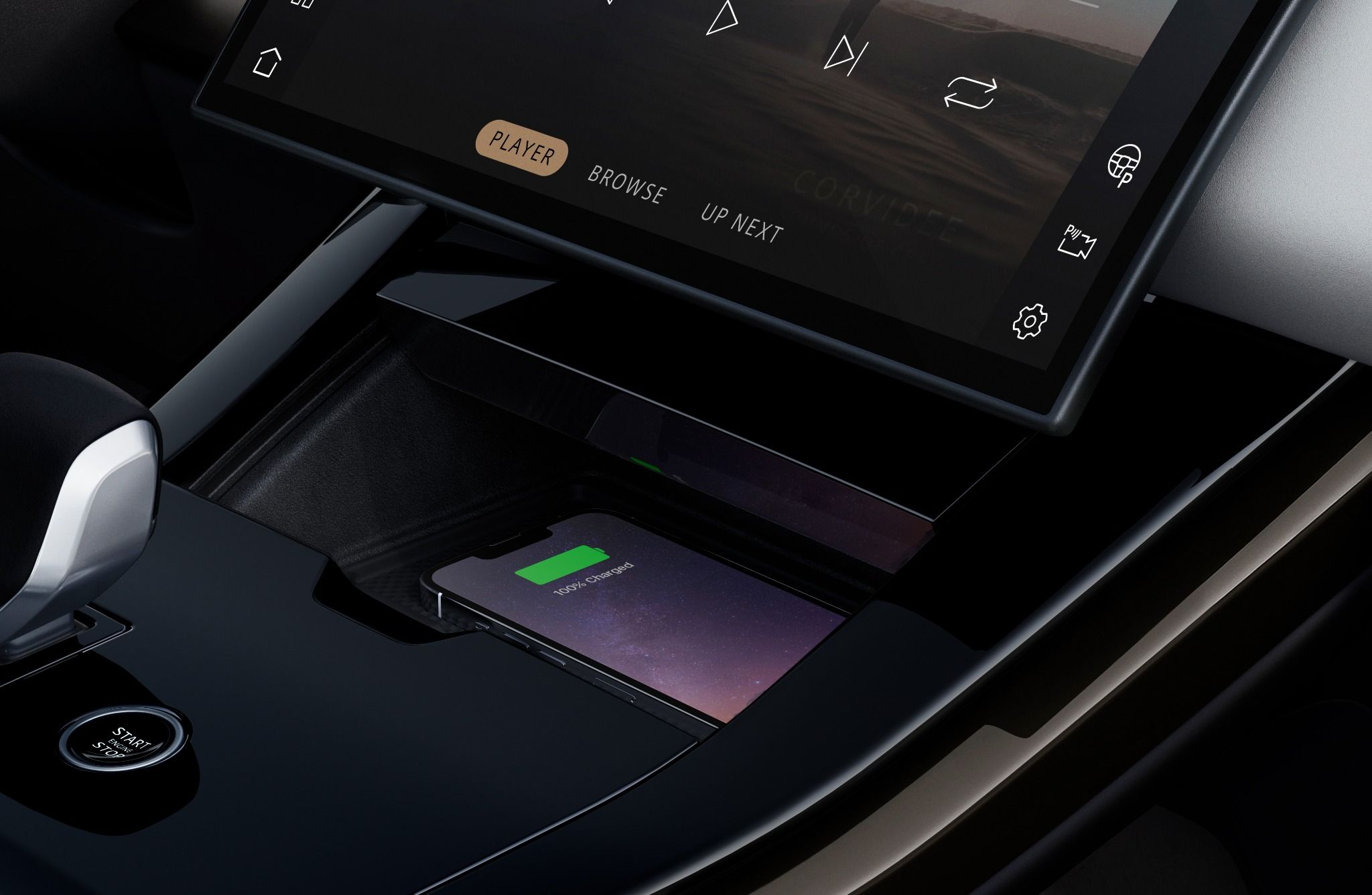
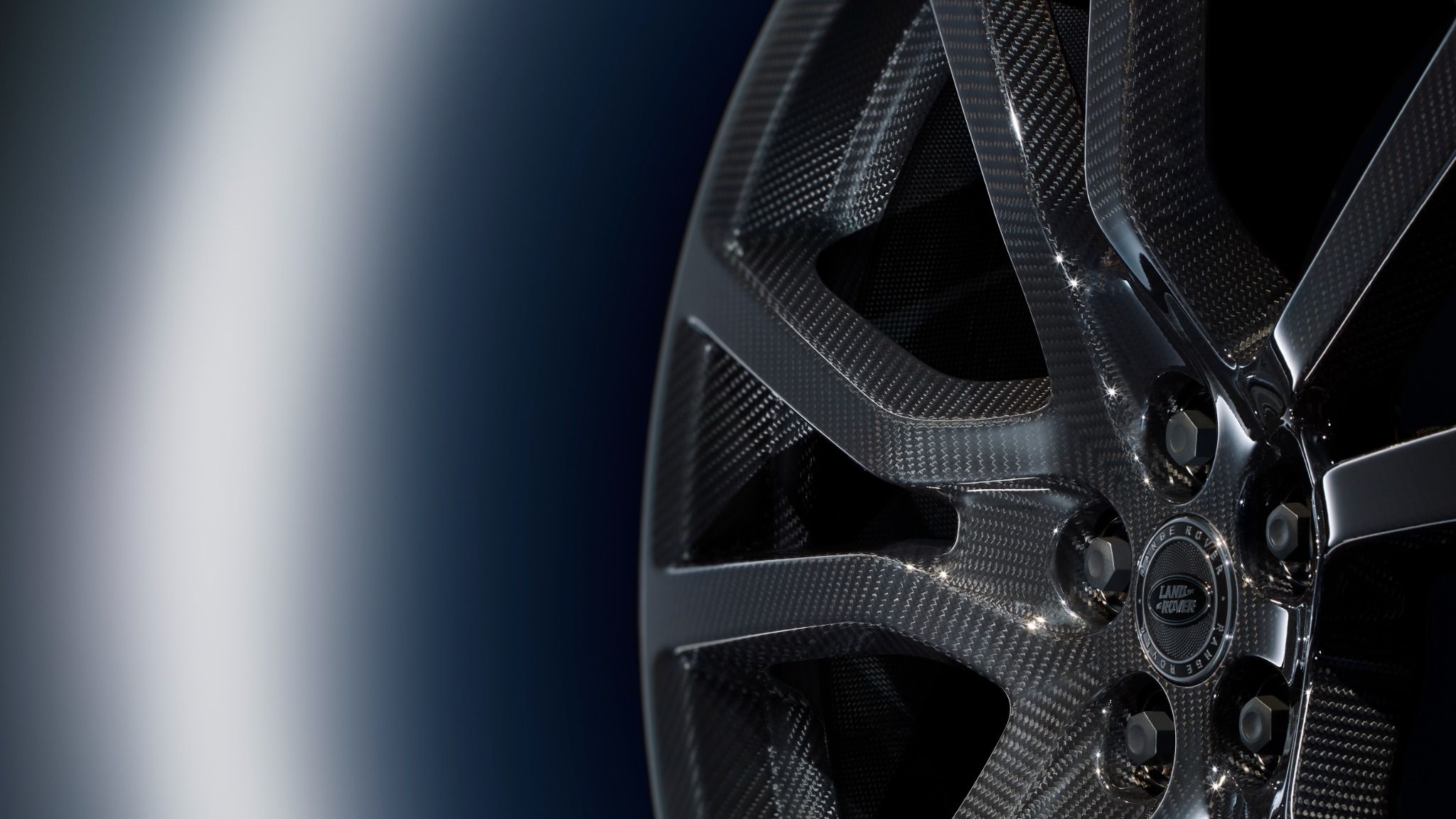
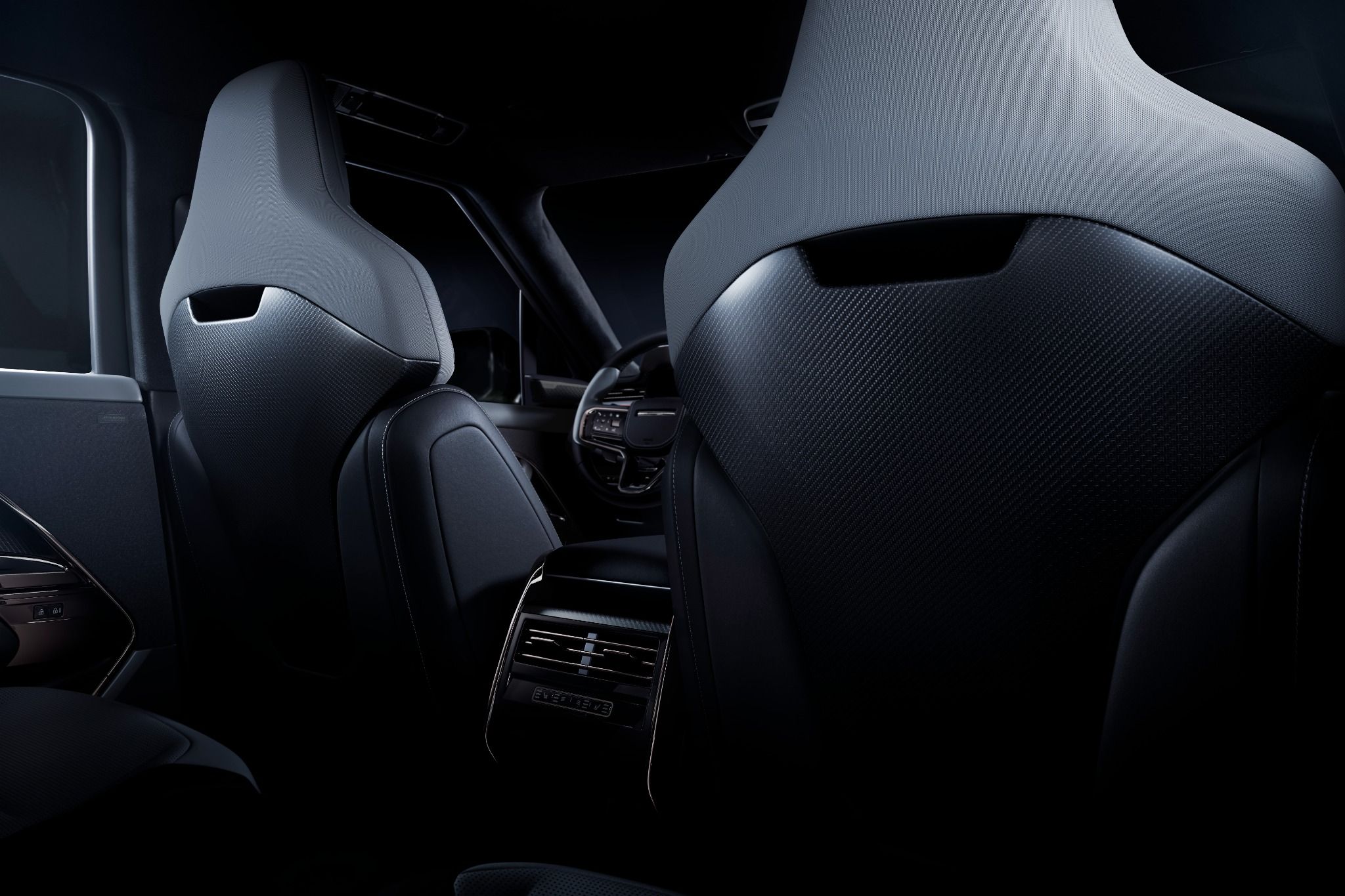

What trim levels are on the Range Rover Sport?
Range Rover Sport SE:
Available in Diesel
- 21" Style 5126 alloy wheels
- Fixed panoramic roof
- Pixel LED headlights with signature DRL
- Meridian Sound System
- Windsor leather seats
- 20-way electric heated memory front seats with heated power recline rear seats
Range Rover Sport Dynamic SE:
Available in Plug-in Hybrid, Diesel, and Petrol
- 21" Style 5126 Satin Dark Grey alloy wheels
- Fixed panoramic roof
- Pixel LED headlights with signature DRL
- Meridian Sound System
- Windsor leather seats
- 20-way electric heated memory front seats with heated power recline rear seats
- Dynamic Exterior Pack
Range Rover Sport Autobiography:
Available in Plug-in Hybrid, Diesel, and Petrol
- 22” Style 5127, Diamond Turned with Satin Dark Grey contrast alloy wheels
- Sliding panoramic roof
- Digital LED headlights with signature DRL
- Meridian™ 3D Surround Sound System
- Semi-Aniline leather seats
- 22-way heated and ventilated, massage electric memory front seats with winged headrests and heated and ventilated power recline rear seats with winged headrests
- Dynamic Exterior Pack
Range Rover Sport SV Edition One:
Available in Petrol
- 6D Dynamics
- Black contrast roof
- SV Carbon Fibre Exterior Pack - Twill Carbon Gloss finish
- Digital LED headlights with signature DRL
- SV Bespoke Ultra Metallic Paint
- Body and Soul Seat
- Ultrafabrics seats
- Edge Illuminated Paddle Shifters
Exterior and Performance
The Range Rover Sport styling simply cannot be faulted. Its muscular presence and dramatic silhouette ensure that you’ll never go unnoticed on the road. A floating roof, strong body lines and a fast raked windscreen angle complete the beautifully dynamic aesthetic with a touch of brilliance. The surprisingly lightweight Sport, built entirely from aluminium, offers extraordinary agility and safety for a hardy SUV. The Range Rover Sport is available in four trim levels. The entry-level SE features Pixel LED headlights and 21” alloy wheels
A step up is the Dynamic SE which adds 21” alloys in the dark satin grey, and the dynamic exterior pack the top of the Range Rover Sport lineup is the SV Edition One which includes 6D Dynamics and the SV Carbon Fibre Exterior Pack.
The specially-tuned 635 HP Twin-Turbocharged 4.4-litre V8 mild-hybrid engine of the SV EDITION ONE is the most powerful ever fitted to a Range Rover. Providing immediate response with exceptional drivability, it delivers peak power more efficiently than ever before.
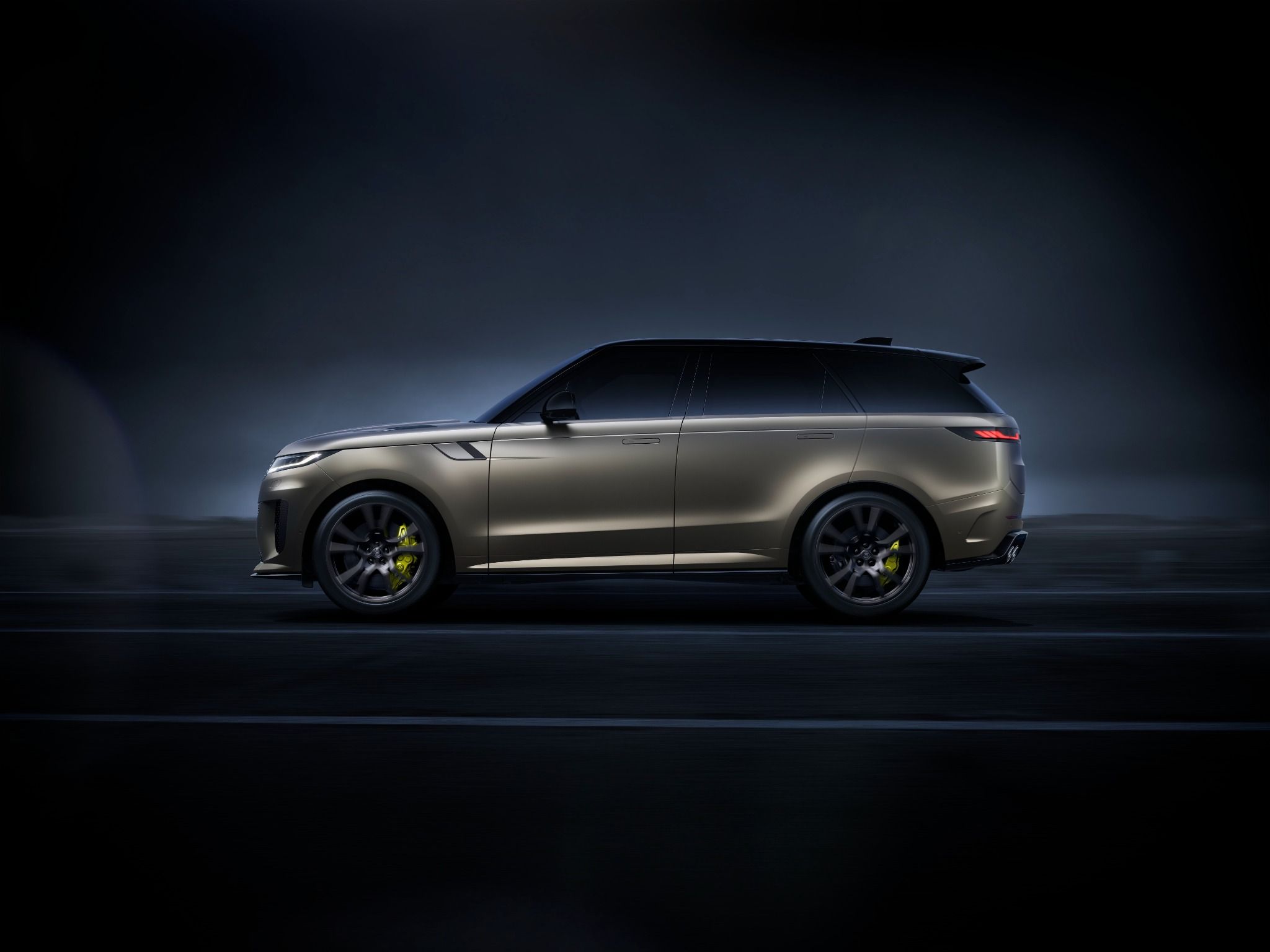

Get up to £150 monthly insurance contribution for up to 3 years*
Land Rover insurance premium gives you flexible plans with no tie ins, no upfront deposits, and no interest charges. Not only does Land Rover insurance premium protect your vehicle but it protects your belongings to, from car keys to child seats. We’ll also give you a courtesy car when your car is in for repairs at our Land Rover Approved Bodyshop.
For a limited time, you could benefit from £150 per month* towards your Land Rover insurance premium, when you buy a brand new Range Rover.
*Insurance offer is arranged and administered by Wrisk Transfer Limited, authorised and regulated by the Financial Conduct Authority. Offer valid on new Range Rover and Range Rover Sport models registered between 1st May 2024 and 30th September 2024. Retail customers only. Vehicle must be purchased in an individual’s name (not company name). Up to a maximum vehicle value of £150,000. All drivers must be between 30 and 85 years old. Offer excludes Range Rover Velar and Evoque models. Terms and Conditions and eligibility apply.
Search Range Rover Sport
Search our range of cars in stock and available to order
What is it?
You can’t underestimate just how popular the Range Rover Sport has been in the UK. Throughout its series of generations it has gone from strength to strength, finding favour with drivers up and down the country who appreciate its high level of luxury and strong levels of refinement.
Now there’s a new third generation car which aims to take that usual Sport recipe but elevate it with more technology and even more upmarket touches.
What’s new?
This isn't just a refresh, oh no. Instead, we’ve got a fresh slate for the Sport, bringing a bold new exterior look, a series of engine options and some clever new equipment. Features such as all-wheel-steering - which helps to make the car more agile at lower speeds while remaining stable at greater ones - is included too.
Land Rover has also equipped the Sport with its latest infotainment system, too, which should help to transform the experience.
What’s under the bonnet?
Land Rover has kitted the new Sport out with some clever new plug-in hybrid powertrains, which will be a great option for those who do shorter journeys or find the idea of travelling in their large SUV on electric power alone.
But the car we’re looking at here has a more traditional turbocharged diesel setup, albeit with the addition of mild-hybrid technology to help boost efficiency. It can manage a reasonable 36.7mpg, too, while CO2 emissions stand at 202g/km.
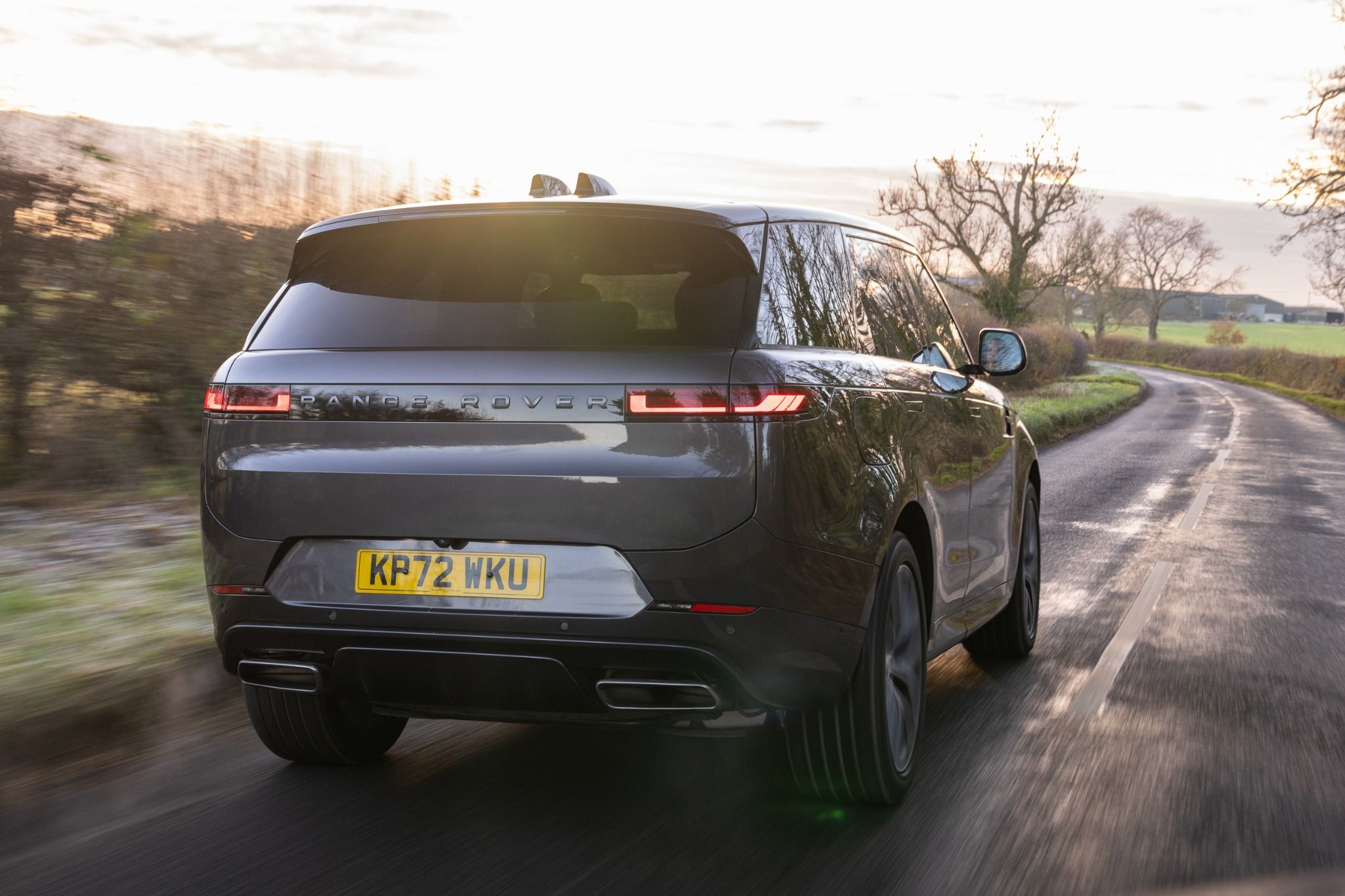
What’s it like to drive?
The familiar traits remain with the new Sport, just as they always have done; you’ve got a nice upright driving stance, loads of visibility and a general feeling of confidence. It’s why buyers have consistently flocked to it, in fairness. But the steering has some nice weight to it, too, while that all-wheel-steering really helps at slow speeds too.
This engine is a great fit for the Range Rover Sport, too. It’s really refined and gives the Sport a very impressive 0-60 mph time of 5.6 seconds, too. So there’s more than enough performance on tap for all occasions.
How does it look?
It’s at the back of the Sport where you’ll see the most changes have occurred. The front end will appear familiar to those well-versed with the previous generation car, though it has been lifted with sharper headlights and a smoother grille.
But no, it’s at the rear where you’ll notice the biggest difference. It’s akin to the design of the full-fat Range Rover, with a smoothed out look and sharp lights combining to make it strikingly different to the car it replaces.
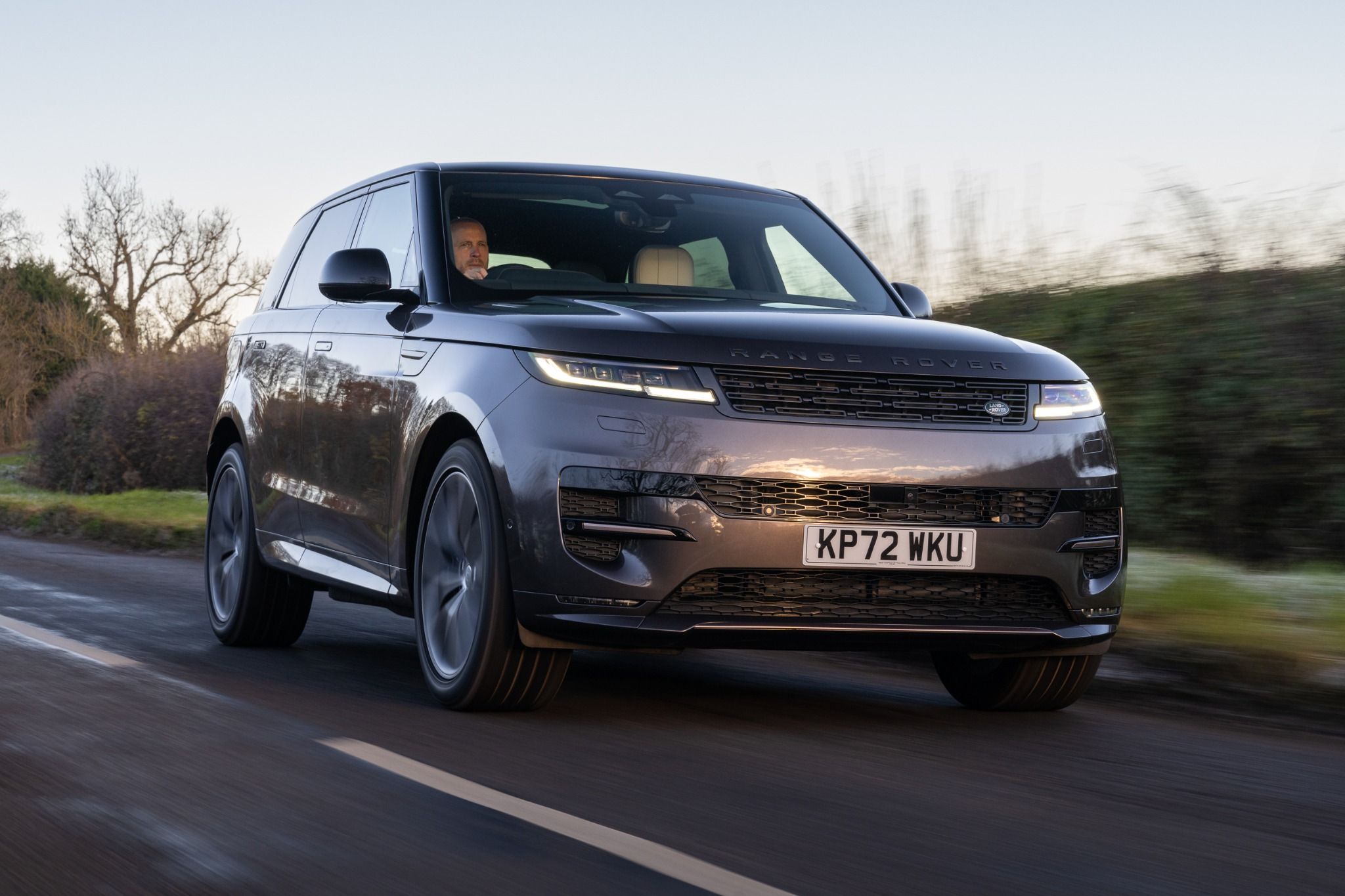
What’s it like inside?
Step inside the cabin of the Sport and it’s easy to see where improvements have been made. The fit-and-finish feels better, while the material quality has been lifted even further than the still-good predecessor. The forward part of the cabin is wide, while the seats are brilliantly comfortable and have loads of adjustment too.
Those in the rear of the car are well catered for as well. Headroom is excellent, while even with a taller driver there’s still plenty of legroom on offer. Many versions offer heated seats in the back of the car, too.
What’s the spec like?
It’s fair to say that the Range Rover Sport remains a premium purchase. You do get plenty of standard equipment, mind you, with highlights including a head-up display and four-zone climate control.
The inclusion of JLR’s Pivi Pro infotainment system is a real boost, too. It’s great to look at and packed with features, all housed within a 13.1-inch touchscreen. It’s nice that when you use Apple CarPlay that the phone mirroring stretches the full width of the screen, too.
Verdict
Land Rover has managed to really push the game forward with the new Sport. It’s just as luxurious as before, yet it’s even more refined and far more accomplished inside, too. The level of technology on offer is far superior to that in the car it replaces, too.
The diesel engine in this version is really impressive, too, though the option of a plug-in hybrid powertrain makes the Sport even more appealing.
How can we help?
PCP Terms and Conditions
Ordered between 1st July 2024 to 30th September 2024, and registered by 30th September 2024, at participating Retailers only. With Land Rover Personal Contract Purchase you have the option at the end of the agreement to: (1) return the vehicle and not pay the Optional Final Payment. If the vehicle has exceeded the permitted maximum mileage, a charge per excess mile will apply. In this example if the vehicle has exceeded the permitted maximum mileage a charge of 16.8p (including VAT at 20%) will apply per excess mile. If the vehicle is in good condition (fair wear and tear accepted) and has not exceeded maximum mileage you will have nothing further to pay. (2) pay the Optional Final Payment to own the vehicle or (3) part exchange the vehicle subject to settlement of your existing credit agreement; new credit agreements are subject to status. Representative Example is based upon an annual mileage of 10,000 miles. Credit is subject to status and only available to UK residents, aged 18 and over. This credit offer is only available through Black Horse Limited trading as Land Rover Financial Services, St William House, Tresillian Terrace, Cardiff CF10 5BH.
HP Terms and Conditions
Representative Example relates to a Land Rover Defender 90 S 24MY D250. 9.9 percent APR Representative available on Range Rover registered between 1st July 2024 to 30th September 2024 at participating Retailers only. Representative Example is based upon an annual mileage of 10,000 miles. Credit is subject to status and only available to UK residents, aged 18 and over. This credit offer is only available through Black Horse Limited trading as Land Rover Financial Services, St William House, Tresillian Terrace, Cardiff CF10 5BH.